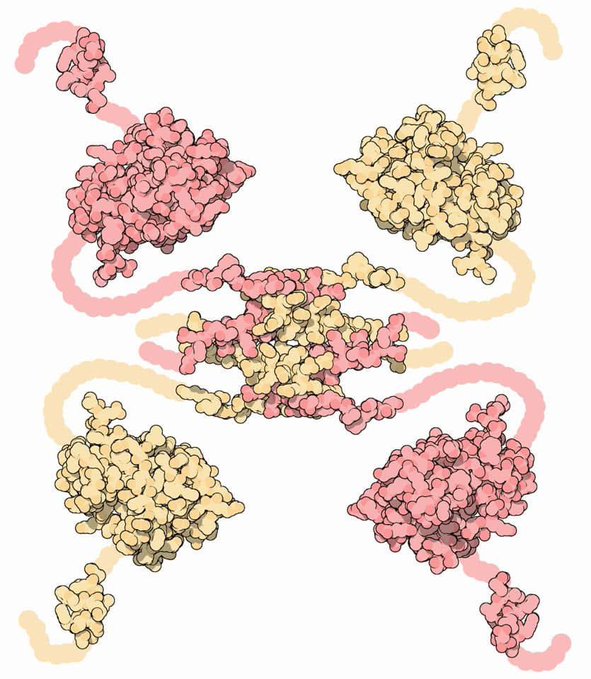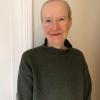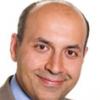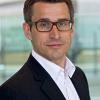Dr Doug Corrigan explains how when cells become damaged from factors such as cosmic rays (ionizing radiation), oxidants, chemical attack, or just plain aging, it’s important for the cell to repair quickly itself. If repair is not possible, the cell needs to be removed. Central to This process is a protein called "p53". The protein is therefore fundamental to maintaining health and delaying the aging process.
 Dr Corrigan explains; This one protein interacts with and controls an entire system of other nano-machines (proteins) involved in cell division and repair. A cadre of different protein “sensors” are constantly scanning the health of the cell. These sensors are measuring such things as DNA damage, oxidation, and misfolded proteins. If the right combination and threshold of damage is detected, p53 is signaled to activate the right repair program.
Dr Corrigan explains; This one protein interacts with and controls an entire system of other nano-machines (proteins) involved in cell division and repair. A cadre of different protein “sensors” are constantly scanning the health of the cell. These sensors are measuring such things as DNA damage, oxidation, and misfolded proteins. If the right combination and threshold of damage is detected, p53 is signaled to activate the right repair program.
What does p53 do?
P53 will move into the nucleus of the cell and then interact with DNA to turn on hundreds of different genes that are involved in cellular repair and cell cycle control. Each gene plays a different role.
In over 50% of cancers p53 is mutated
In over 50% of cancers p53 is mutated. In this capacity, p53 serves as a “tumour suppressor.” The long arms of p53 bind to and wrap around specific regions of DNA that possess the right sequence code adjacent to the target gene. After p53 binds to this region of DNA, it recruits other proteins that turn that particular gene on by transcribing that gene into RNA. This RNA is then translated into a specific protein, and then that protein performs its specific function in repairing the cell along with the other proteins.
Switching cellular repair
This repair activation process occurs at hundreds of locations along the DNA, but it only occurs to the specific subset of genes that are involved in repair. This selectivity is built into p53. It has the right molecular shape to bind to the specific identification sequences that are adjacent to each gene. These activated genes play a variety of roles in the process.
They act as a coordinated team. Some of the proteins are involved in repairing the DNA at the damaged locations. There are different types of repair proteins depending on the specific type of DNA damage. Some of the proteins are involved in communicating with the cellular machinery that controls cell growth and division. During this repair process, the cell is instructed to stop dividing until the repair process is over.
Removing damaged cellular components
If the damage is too great, other proteins are instructed to initiate the sophisticated process of dismantling the cell. This process is called apoptosis.
Quality assuring cellular health after repair
Once the repair process is complete, other proteins double check to make sure the cell is completely repaired. If the cell is ready, p53 releases itself from the DNA, and the hundreds of genes involved in the repair process are now turned off. If any one member doesn’t function properly, the entire system doesn’t work. In addition, each of the hundreds of different genes involved in repair require a very specific sequence tag so that they can be activated by p53 at the right time. And p53 requires a very specific 3-dimensional shape and electronic properties to recognise this tag sequence, as well as all of the ancillary shape and electronic parameters to interact with the transcription machinery as well as the sensing system. This is a completely integrated multilevel control system possessing hierarchical relationships, programmed coordination, sensing, network control, geometrical and chemical interactions, feedback, event sequencing, and algorithmic control in both space and time. Each member of the system plays a specific and critical role.
Instruction manual
The complete set of instructions to build this entire system is encoded in the language of DNA. This entire system works together for one purpose: to protect and repair the cell, and if it can’t be repaired, it ensures that the cell is properly deconstructed in a highly controlled set of sequence steps to reuse every single component of the cell to build new cells.
Dr Doug Corrigan Ph.D. Biochemist & Molecular Biologist, Physicist, Award Winning Global Super Solver, Materials Scientist, Innovator, "Space Enthusiast".




